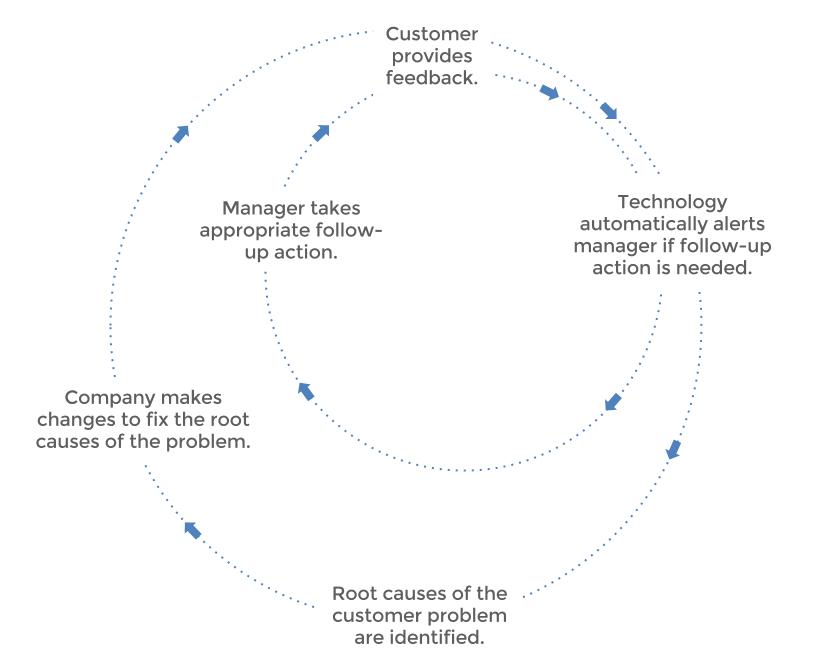We get this question from many of our clients. Perhaps a more relevant question is: “Are the customers who complete surveys representative of the customers we are trying to attract and retain?”
What we do know is that across clients, when one compares demographic characteristics, such as age, gender, geographic location (or in the B2B world, sector, company size, services used, etc.), the survey sample invariably looks like the actual population. Typically, the percentage of people who respond to the customer experience survey in a given category is within a margin of error of the proportion of this same category in the total customer population.
What we do not know is whether survey takers have different perceptions or experiences, as we cannot compare their responses to those who do not participate.
Over time, however, we have been able to examine spend and buying behavior among survey takers and non-survey takers across clients. In general, we have found that prospects and customers who take the time to give feedback tend to be more positive, more engaged, and more likely to be loyal over time than those who do not. Thus, there is much to be learned from non-responders and actions that can be taken to try to engage them.





